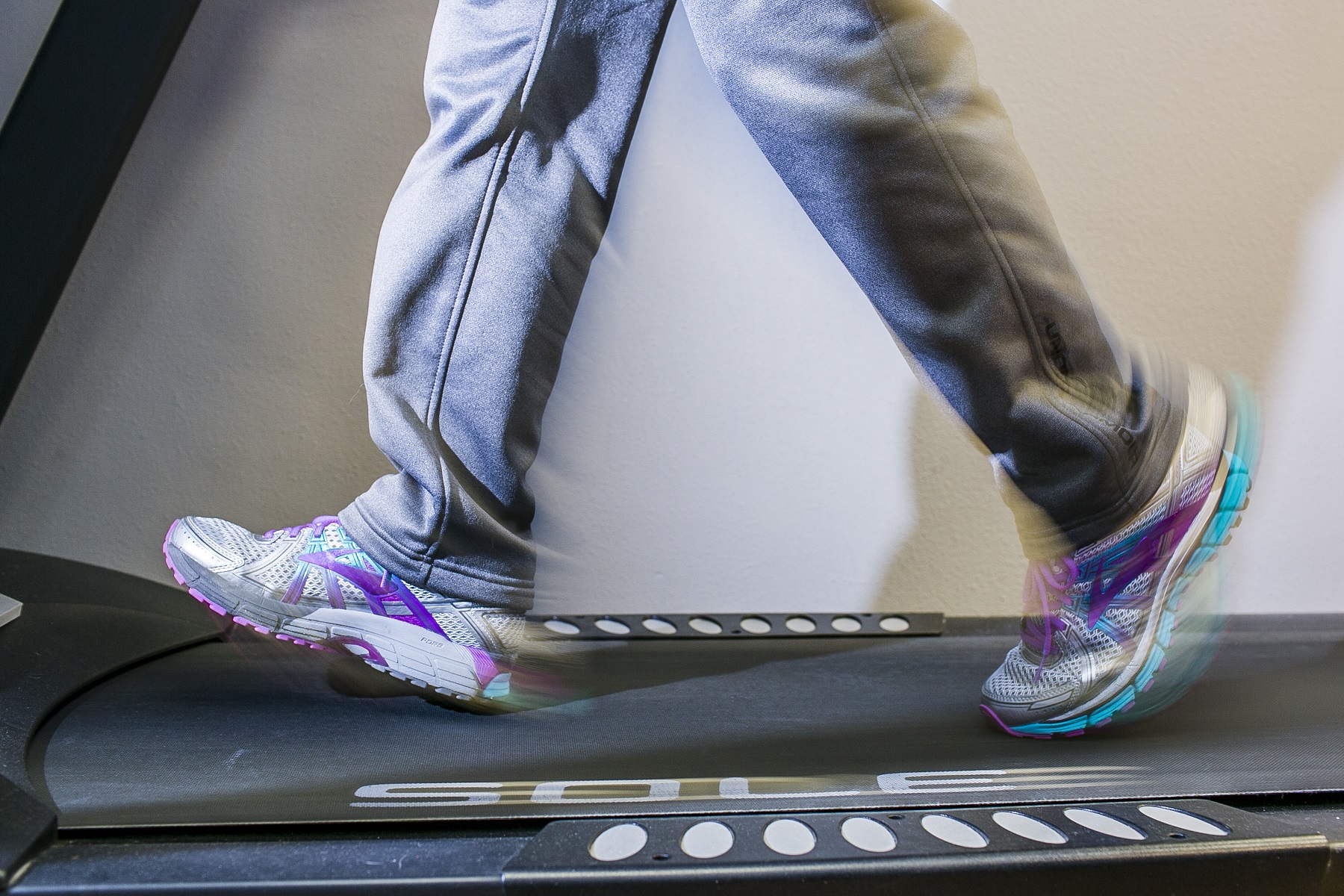
By Cindy Hadish
Iowa learned in February it had not reached its five-year goal to become the healthiest state in the nation, but efforts to get Iowans in shape will continue.
“This is a marathon, not a sprint,” said Jami Haberl, executive director of the Iowa Healthiest State Initiative, a nonprofit based in Des Moines. “We know we still have work to do.”
In 2011, Gov. Terry Branstad announced Iowa’s goal to become tops in the nation by 2016, based on the Gallup Healthways Well-Being Index. The index measures financial security and physical health, among other factors, based on phone interviews with adults.
Iowa began that year ranked 16th and rose as high as ninth in the nation in 2012, before dropping back to 16th in 2014 and 14th in 2015. The 2016 index, released this month, showed Iowa dropped to 19th, although the state’s score rose slightly, as did the scores of other states.
Regardless of the results and even as the five years have expired, Iowa will continue its Healthiest State Initiative, with a “2.0” version launched at the end of last year. This time, no end date is being given.
The initiative is based on the idea that improving well-being has been shown to lower health care costs and increase worker productivity; medical costs for obesity are estimated at $147 billion to nearly $210 billion nationwide per year.
Ms. Haberl said Iowa hasn’t necessarily dropped in some of the survey’s metrics, but other states have stepped up their efforts. Hawaii and Alaska have both been No. 1 in recent years of the survey.
Iowa’s highest ranking was in financial well-being, at fifth in the nation, but the state’s biggest health challenge might come as a surprise: Iowa has ranked last in consumption of fruits and vegetables, according to the index.
Ms. Haberl said that, in turn, plays a role in obesity and related chronic diseases, such as diabetes, heart disease and certain cancers.
“We tend to be a meat and potatoes state,” she said of one of the possible reasons for Iowa’s low ranking in that category.
With a growing number of farmers markets and other outlets for fresh fruits and vegetables, that rate will hopefully change, Ms. Haberl added.
A separate survey shows that Iowa has the 12th highest adult obesity rate in the nation, and unlike the Gallup-Healthways index, being No. 1 is not the goal.
The State of Obesity: Better Policies for a Healthier America, released last fall, put Iowa’s adult obesity rate at 32.1 percent, up from 20.9 percent in 2000 and from 12.2 percent in 1990.
Iowans aren’t alone in seeing their waistlines grow. Adult obesity rates now exceed 35 percent in four states, 30 percent in 25 states and are above 20 percent in all states, though rates did decrease in four states: Minnesota, Montana, New York and Ohio.
According to the report, Louisiana has the highest adult obesity rate at 36.2 percent and Colorado has the lowest at 20.2 percent.
In Iowa, a statewide walk is among the efforts to get Iowans on their feet. In October, the event attracted walks in all 99 counties, Ms. Haberl said.
The Blue Zones Project, sponsored by Wellmark, Inc., also played a central role during the last five years in encouraging Iowans to “make the healthy choice the easy choice,” based on best-selling “Blue Zones” books that use evidence-based ways to help people live longer, better.
Numerous cities vied to become a Blue Zones Project community and those that succeeded were provided technical assistance to make changes, such as adding bike lanes or community gardens. Both Iowa City and Cedar Rapids were among those in the program.
Success stories included a “walking school bus” launched at 12 Cedar Rapids schools, which provided more than 700 students a safe way to walk to school, and more Iowa City restaurant customers opting for healthy side dishes.
Mary Lawyer, director of Community Health Improvement at Wellmark Blue Cross and Blue Shield, said Wellmark has completed its sponsorship of the Blue Zones Project in Iowa, but the 15 communities where it was in place can choose to re-certify.
In the meantime, a new Healthy Hometown program, sponsored by Wellmark Blue Cross and Blue Shield, has been introduced.
The program offers tools communities can use to make changes to improve health at the local level, based on the premise that every community has different health priorities, as well as people and budgets to put plans into action.
Ms. Haberl said the program provides technical assistance, some of which is available by going online to the Healthiest State Initiative website, at www.iowahealthieststate.com
Communities or organizations can take an online self-assessment tool to review where they are today and how they can connect with existing resources to make enhancements. Two additional options will be available this year to help communities put a plan in place for either a specific project or a complete community transformation.




